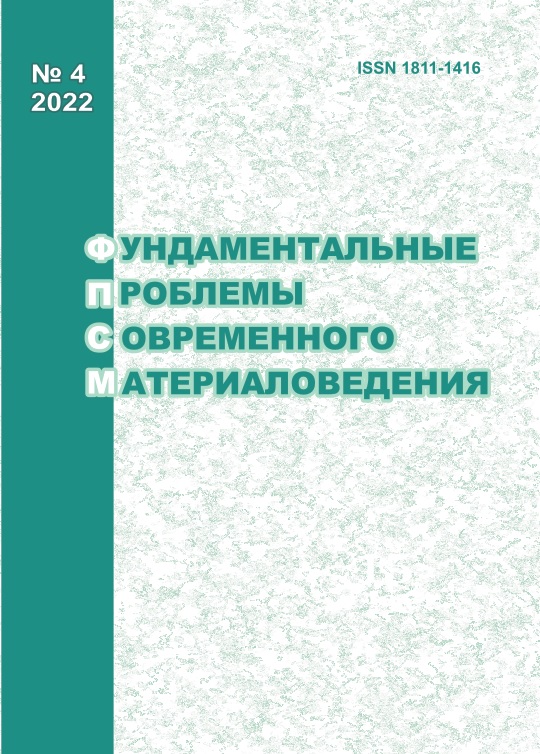LASER METHOD FOR PRODUCING CARBON DIAMOND-LIKE THIN FILMS
10.25712/ASTU.1811-1416.2022.04.005
Keywords:
carbon films, diamond-like clusters, graphite-like clusters, sp2, sp3-hybridization, Raman-spectroscopyAbstract
The laser method of direct evaporation of carbon targets in the range of laser radiation energies of 4-6 J makes it possible to obtain a vapor-gas phase of carbon with predominant sp3-hybridization of electrons. During the condensation of such carbon onto an amorphous silicate glass substrate, tetragonal diamond-like clusters are assembled in the form of a two-dimensional film, in which the concentration of graphite-like clusters formed by carbon due to sp2-bonds is significantly lower. That is, the structure of such a film is a composite material in which the properties of the composite will depend on the ratio of diamond-like and graphite-like phases. The conducted studies of the structural state of carbon diamond-like films confirm the presence of both diamond-like and graphite-like clusters with a size of no more than 1 nm. Electron microscopy reliably captures tetragonal (diamond-like) clusters. Electron diffraction indicates that the crystallographic parameters – the interplane distances of the planes (111) and (220) d111 = 0.207 nm, d220= 0.119 nm approximately correspond to diamond, equal respectively for large-crystal diamond d111 = 0.205 nm and d220=0.125 nm. If electron microscopy does not allow to fix graphite-like clusters in the film structure, then Raman-spectroscopy, which fixes a G-peak of about 1600 cm-1 and a D-peak, the so-called D-mode due to disordering in graphite (disorder peak). A line about 1393 cm-1 in the raman scattering spectra identifies the presence of graphite-like clusters with disordered stacking of graphene planes.











 Journal «Fundamental’nye problemy sovremennogo materialovedenia / Basic Problems of Material Science»
Journal «Fundamental’nye problemy sovremennogo materialovedenia / Basic Problems of Material Science» This work is licensed under a
This work is licensed under a 
